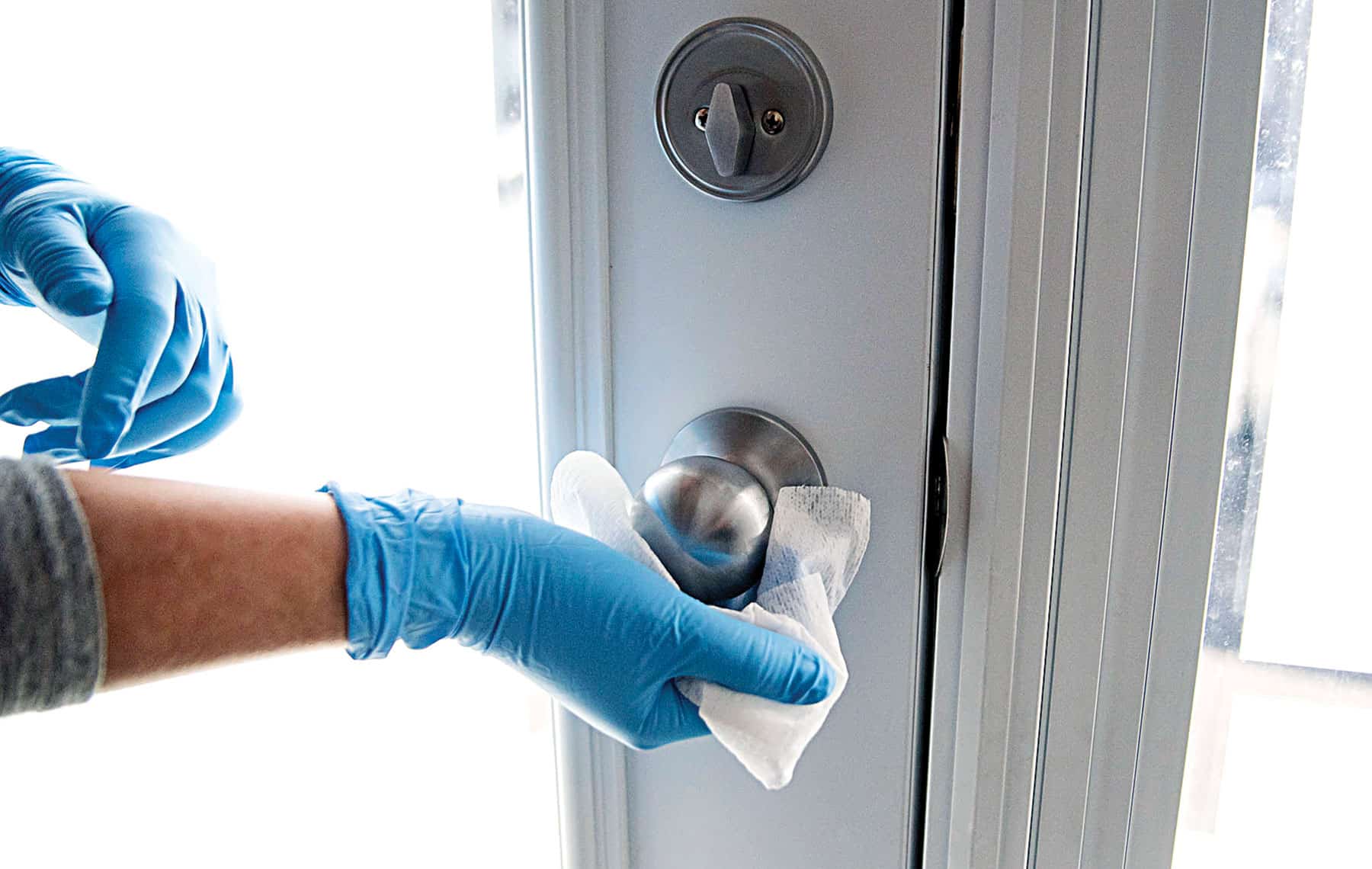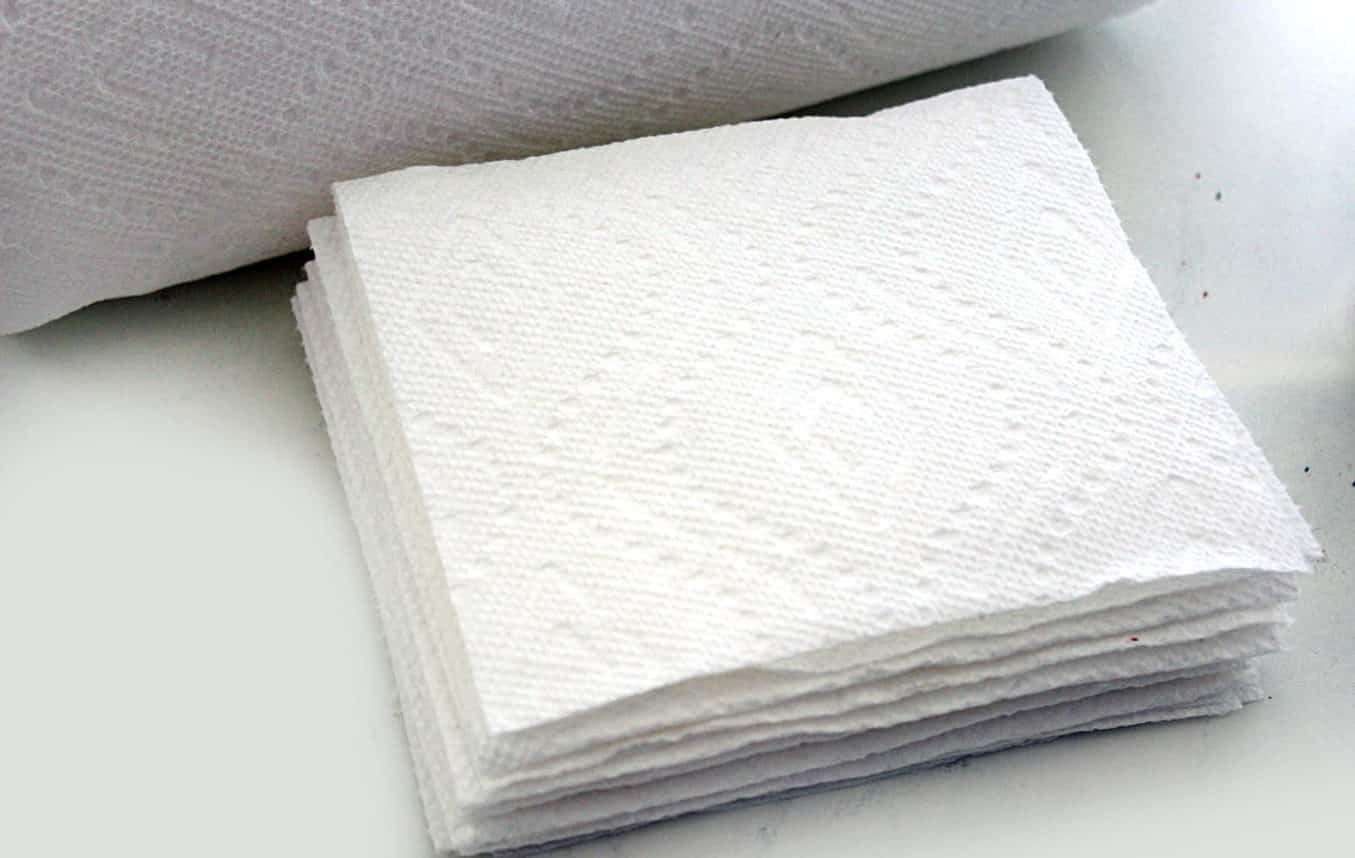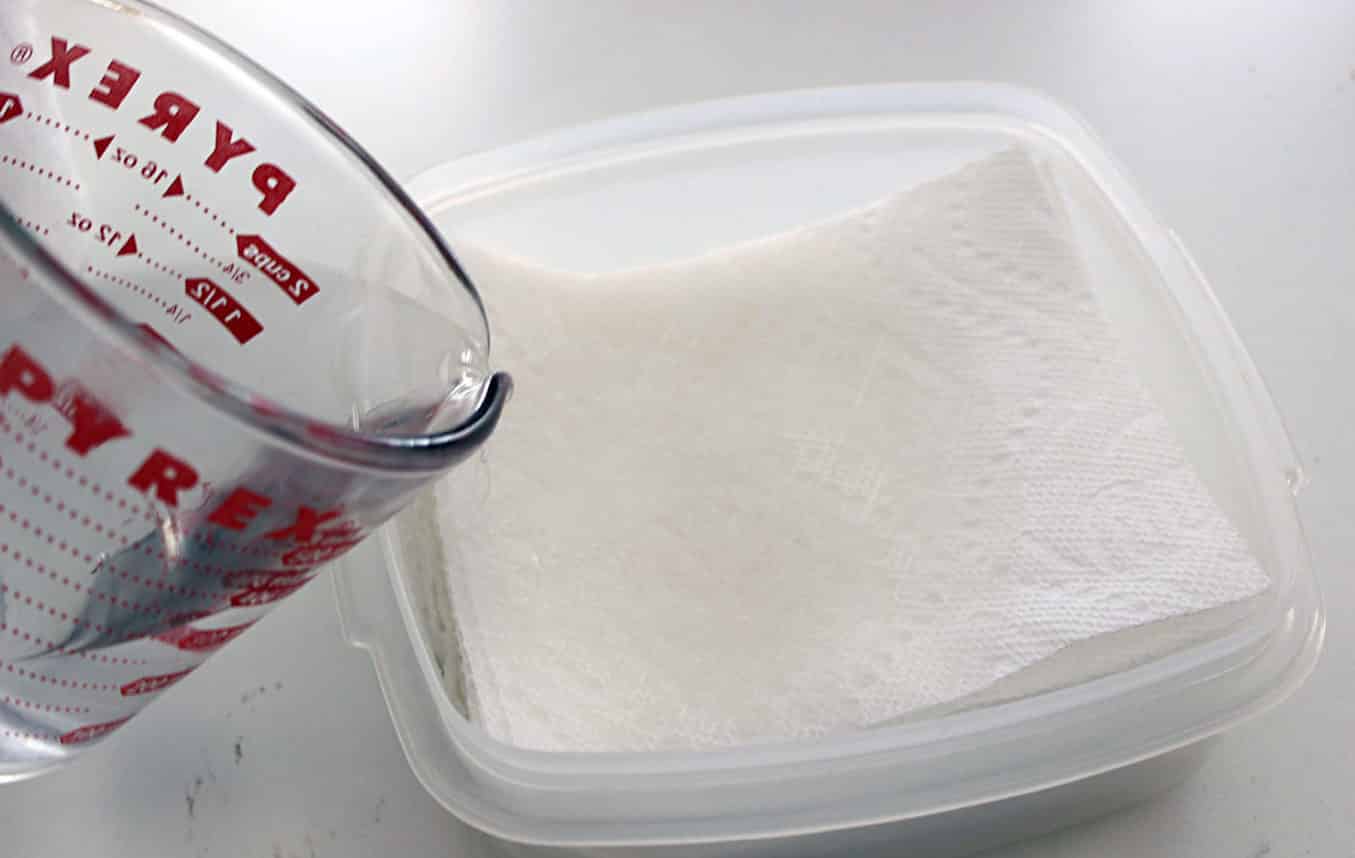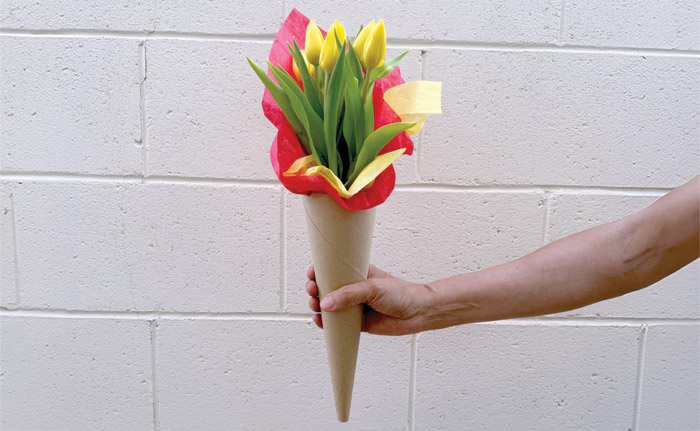
If you’ve tried to buy Clorox or Lysol disinfectant wipes, you know they are impossible to find in stores right now. But you can whip up your own disinfectant wipes with just a few simple ingredients.
Now, let me start by saying I am not a doctor or epidemiologist, nor have I played one on television. So I don’t want to make claims that this recipe will eliminate all the germs and viruses in your home. I have checked with the CDC, however, and for homemade surface disinfectants, they recommend either a household bleach solution or an alcohol solution that is at least 70% alcohol.
I’ve found several tutorials for bleach disinfecting solutions, but I didn’t like that they are effective for only 24 hours after you’ve mixed them. Basically, you have to mix a new batch every day, and that didn’t seem practical. Also, bleach can dull some surfaces such as unsealed granite. And don’t get me started on the fumes.
The wipes I’ve made are of the 70% alcohol variety. When panic buying started in late February and early March, rubbing alcohol was all sold out in stores. But just last week, I found it in stock at my local market, so I’m thinking it’s slowly becoming more available.
If you find 70% alcohol at the store, you can use that undiluted in your wipes. But if you have 91% alcohol, like I did, you’ll want to mix it with water to get a 70% alcohol ratio. Why? Isn’t 91% alcohol more effective against viruses than 70% alcohol?
Here’s my little science spiel. Keep in mind that to kill viruses, the alcohol solution needs to remain wet on surfaces for a few minutes for it to be effective. Erica Hartman, an expert in environmental microbiology at Northwestern University, explains that when the disinfectant interacts with viruses, “those chemical reactions aren’t instantaneous — they take a certain amount of time. So what you’re doing when you’re keeping the surface wet is you’re basically allowing time, allowing the chemical reactions to take place.” However, 91% or 99% alcohol evaporates too quickly for the surface to stay wet. The additional water content in 70% alcohol slows down the evaporation.
Alcohol does dry out your hands, though, so use gloves when disinfecting or apply moisturizing lotion immediately after use. And remember that these wipes are for hard, non-porous surfaces and not to be used on fabrics or skin.
So grab your supplies, and I’ll see you in the laboratory, I mean, kitchen.
What you’ll need:
1 cup isopropyl alcohol, at least 70%
1/4 cup distilled water (if using 91% alcohol)
Essential oils such as lavender (optional)
Paper towels
Plastic or glass container with airtight seal

1. If you have 70% alcohol, use it undiluted. If you have 91% alcohol, mix one part distilled water with four parts 91% alcohol (equivalent to 1/4 cup of water with 1 cup of alcohol). That means that 80% of the mixture will be alcohol, and 80% of 91% alcohol gives you alcohol that’s just above 70%. (Like my math there?) If you don’t have distilled water, there is an easy way to make it on your stovetop with tap water. Just google it. Also, you can add a few drops of essential oils to counteract the smell of the alcohol. I used a little lavender.

2. Find a plastic or glass container with a lid that will give you an airtight seal. I had a square Rubbermaid food container. Then fold paper towels in halves or quarters that will fit in a stack in your container. Use thick, high-quality paper towels for these wipes so they don’t disintegrate in the solution.

3. Place the stack of folded paper towels in your container, and pour the alcohol solution over them. The paper towels will absorb the solution and be ready to use. I was able to soak about 40 paper towels with the 1 1/4 cup that I mixed. Be sure to fit the lid on tightly to prevent the alcohol from evaporating.






















 More news and opinions than at a Shabbat dinner, right in your inbox.
More news and opinions than at a Shabbat dinner, right in your inbox.